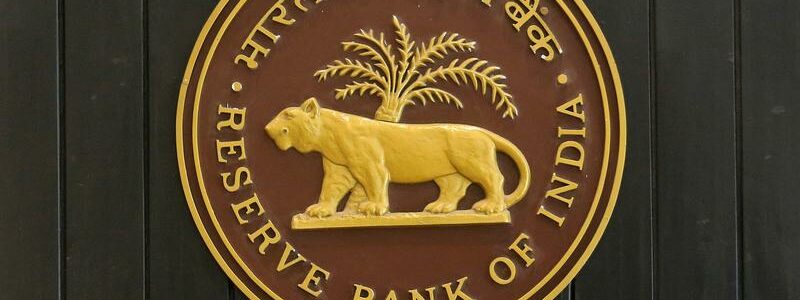
India's central bank keeps rates on hold to support economic recovery
MUMBAI (Reuters) -The Reserve Bank of India’s monetary policy committee kept interest rates steady at record lows on Friday, as widely expected, and reiterated the need to unwind pandemic-era stimulus only gradually to aid the nascent economic recovery.
RBI’s key lending rate or the repo rate was held steady at 4% while the reverse repo rate or the borrowing rate also stayed unchanged at 3.35%.
All 60 economists polled by Reuters had said they expected no change in rates which have been kept steady since May last year.
“Overall, aggregate demand is improving but slack still remains; output is still below pre-pandemic levels and the recovery remains uneven and dependent upon continued policy support,” Governor Shaktikanta Das said after the decision.
The RBI lowered its full year 2021/22 retail inflation projection to 5.3% from 5.7%, saying the inflation trajectory has turned out to be more favourable than expected. But it maintained its full-year economic growth forecast at 9.5%.
“Supply side and cost push pressures are impinging upon inflation and these are expected to ameliorate with the ongoing normalisation of supply chains,” Das said.
However, he added that efforts to contain cost-push pressures through a calibrated reversal of indirect taxes on fuel could contribute to a more sustained lowering of inflation and an anchoring of inflation expectations.
Economists polled by Reuters this week said India’s economic recovery from pandemic-related shutdowns is at risk of a further delay in the second half of this fiscal year.
The country’s coronavirus vaccination pace has gathered momentum and greenshoots are visible in various sectors but consumer spending during the upcoming festival season will be crucial in determining the sustainability of the revival.
By 0608 GMT, the NSE Nifty 50 index was up 0.72% and the benchmark S&P BSE Sensex was up 0.75%. The country’s benchmark 10-year bond yield was up 3 basis points on day at 6.30%, while the rupee was at 74.97 against the dollar.
Das also tried to calm market concerns about any earlier exit from the RBI’s ultra-loose monetary policy or any withdrawal of excess liquidity from the banking system.
“Our entire approach is one of gradualism. We do not want suddenness, we don’t want surprises,” Das said.
“We do realise that as we are approaching the shore, when the shore is so close, we don’t want to rock the boat, because we realise there is a life, there is a journey beyond the shore”.
He also said markets should not be concerned about the adequacy of the liquidity to support economic activity or to support financial markets. RBI has cumulatively infused 5.47 trillion rupees ($72.97 billion) into the banking system since the start of the last fiscal year in April, Das added.
RBI has slashed the repo rate by a total of 115 basis points (bps) since March 2020 to soften the blow from the health crisis and tough containment measures. This follows 135 bps worth of rate cuts since the beginning of 2019.
“We do not see the RBI in a hurry to normalise liquidity conditions as well as the reverse repo rate in the near term. We continue to see February policy as the earliest period of review for the RBI to narrow the policy rate corridor by raising the reverse repo rate,” said Suvodeep Rakshit, Senior Economist, Kotak Institutional Equities.
($1 = 74.9625 Indian rupees)
Source: Read Full Article